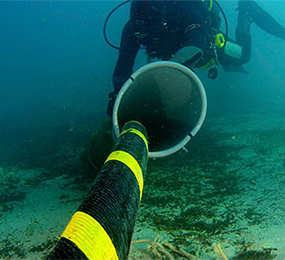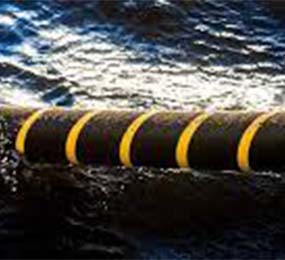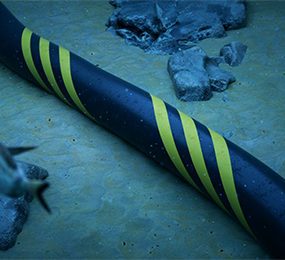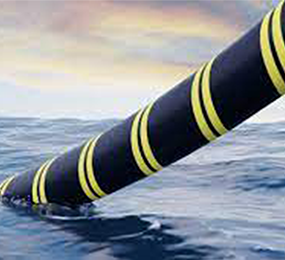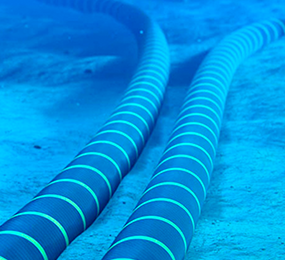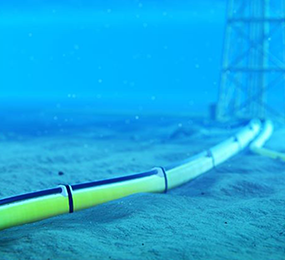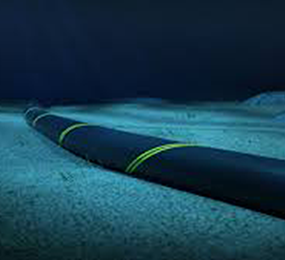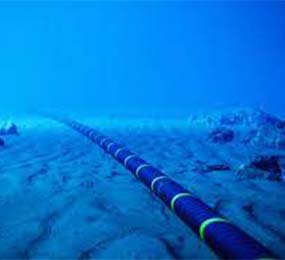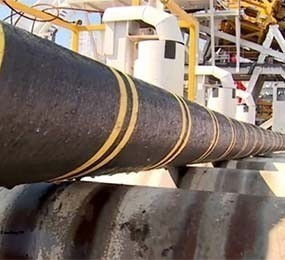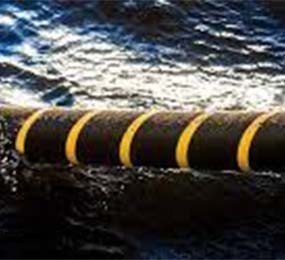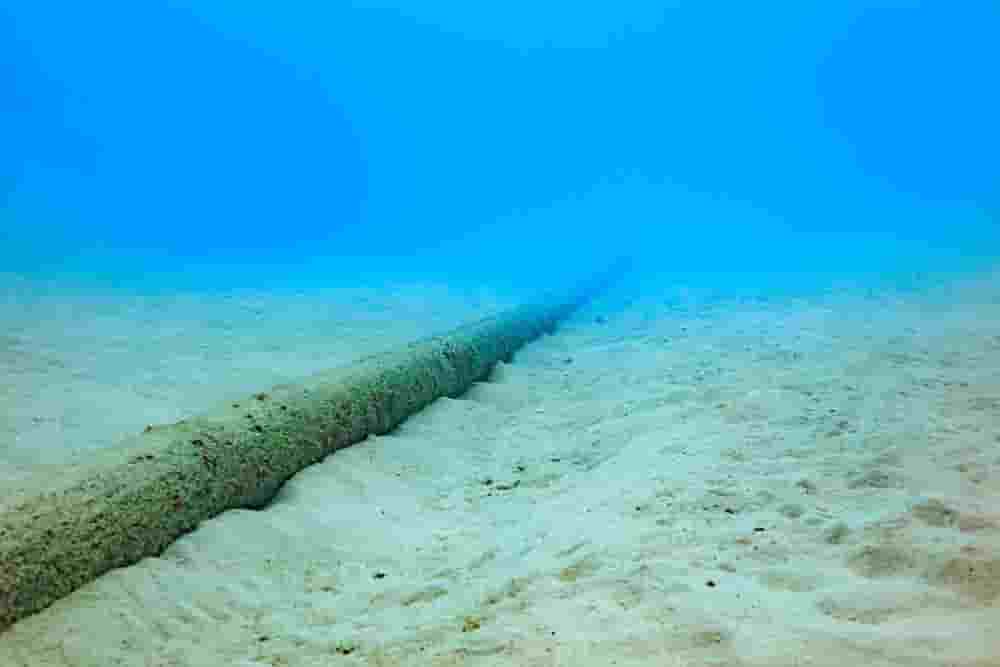Interconnecting Offshore Wind Farms with Submarine Power Cables: Benefits and Challenges
Offshore wind farms have emerged as a key player in the global transition to clean and renewable energy. These vast arrays of wind turbines, situated in the open seas, harness the power of the wind to generate electricity on a large scale. As the offshore wind industry continues to expand, interconnecting these wind farms through submarine power cables has become an essential strategy to optimize their efficiency, reliability, and overall contribution to the energy grid.
Benefits of Interconnecting Offshore Wind Farms:
1. Enhanced Energy Production: Interconnecting offshore wind farms allows for the aggregation of power generation from multiple sites. By integrating the electricity produced by individual wind farms, the overall energy production capacity is increased, leading to a more significant contribution to the renewable energy mix. This increased scale enables offshore wind farms to achieve higher levels of energy output, making them more economically viable and competitive with traditional energy sources.
2. Grid Stability and Reliability: Interconnecting offshore wind farms through submarine power cables improves the stability and reliability of the energy grid. By combining the output from multiple wind farms, the variability of wind power generation can be mitigated. When one wind farm experiences lower wind speeds or maintenance downtime, other interconnected wind farms can compensate by providing a consistent and continuous energy supply. This grid stability is crucial for maintaining a reliable and resilient energy system.
3. Efficient Resource Allocation: Interconnected offshore wind farms allow for optimized resource allocation. By sharing transmission infrastructure, such as submarine power cables, the overall cost of infrastructure development can be reduced. This efficiency in resource allocation makes offshore wind farms more financially viable and helps attract investment into the sector. It also enables a more coordinated approach to energy planning and utilization, maximizing the potential of available wind resources in a given region.
4. Offshore Grid Integration: Interconnecting offshore wind farms creates the opportunity to develop offshore grids. These grids act as a backbone for transmitting electricity from multiple wind farms to onshore power distribution networks. Offshore grids facilitate the integration of offshore wind power into the existing energy infrastructure, enabling a seamless and efficient transfer of renewable electricity. This integration is crucial for scaling up offshore wind energy and achieving ambitious renewable energy targets.
Challenges of Interconnecting Offshore Wind Farms:
1. Technical and Engineering Complexity: Interconnecting offshore wind farms with submarine power cables presents technical and engineering challenges. Submarine cables must be designed to withstand harsh marine conditions, including strong currents, tidal forces, and potential impact from debris. The installation and maintenance of these cables require specialized equipment and expertise. Additionally, the distance between wind farms and the shore can increase the complexity and cost of cable installation.
2. Environmental Considerations: The installation and operation of submarine power cables can have environmental impacts. Environmental assessments and mitigation measures are essential to protect marine ecosystems and minimize disturbances to underwater habitats, marine life, and migratory routes of marine species. Careful planning and collaboration with environmental organizations are necessary to ensure the sustainability of interconnecting offshore wind farms.
3. Regulatory and Permitting Processes: Interconnecting offshore wind farms involves navigating complex regulatory frameworks and obtaining the necessary permits. The approval processes for cable installation and operation can be time-consuming and require coordination with various stakeholders, including government agencies, local communities, and other users of the marine space. Streamlining these processes is crucial to accelerating the development of offshore wind interconnection projects.
4. Cost and Financing: The cost of interconnecting offshore wind farms can be substantial. It includes the design, manufacturing, installation, and maintenance of submarine power cables, as well as the development of onshore and offshore electrical infrastructure. Securing adequate financing and exploring cost-efficient solutions are essential for making interconnection projects economically viable.
In conclusion, interconnecting offshore wind farms with submarine power cables offers numerous benefits in terms of increased energy production, grid stability, and efficient resource allocation. However, it also presents challenges related to technical complexity, environmental considerations, regulatory processes, and financing. Overcoming these challenges requires collaboration among industry stakeholders, policymakers, and environmental organizations. By addressing these challenges and leveraging the advantages of interconnection, we can unlock the full potential of offshore wind energy and accelerate the transition to a sustainable and decarbonized energy future.
Visit our website to know more: https://www.leadventgrp.com/events/2nd-annual-submarine-power-cable-and-interconnection-forum/details
For more information and group participation, contact us: [email protected]
Leadvent Group - Industry Leading Events for Business Leaders!


